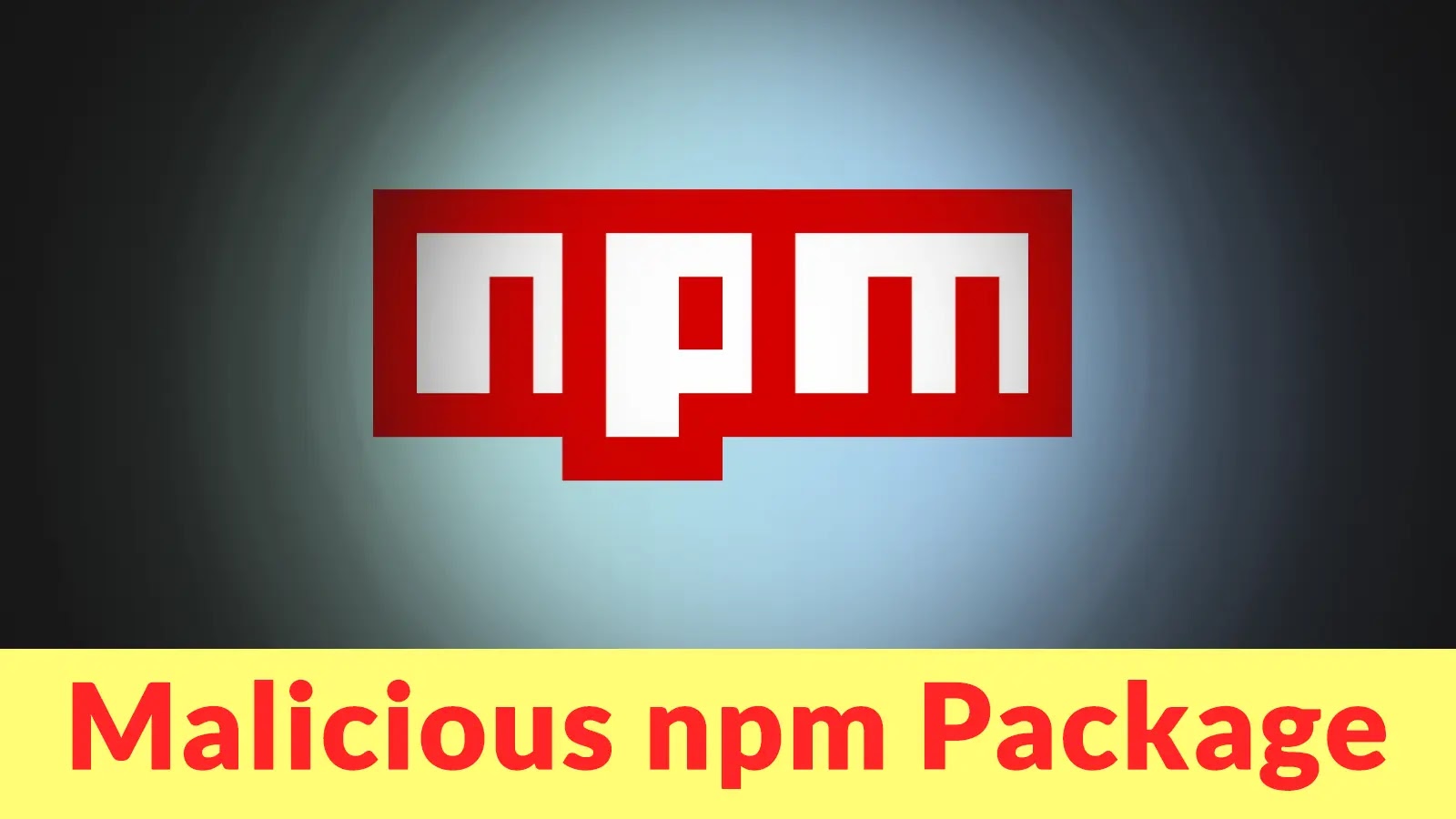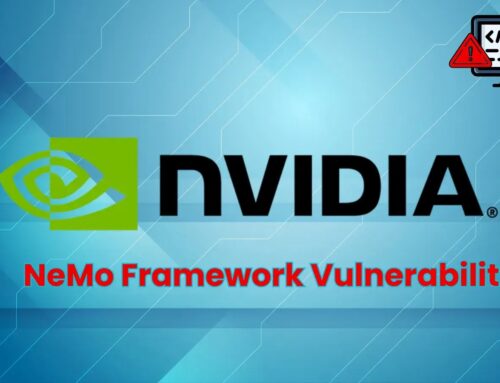
Malicious npm Package with 206k Downloads Attacking GitHub-Owned Repositories to Exfiltrate Tokens
The open-source ecosystem, while a boon for rapid development and innovation, often presents a double-edged sword. Its decentralized nature, coupled with the sheer volume of packages, makes it a prime target for malicious actors. Recently, a critical discovery by security researchers illuminated this vulnerability: a malicious npm package masquerading as a legitimate GitHub Actions component, which had already amassed over 206,000 downloads. This incident underscores the sophisticated tactics threat actors employ to compromise development pipelines and exfiltrate sensitive data, specifically targeting GitHub-owned repositories for token theft.
The Typosquatting Threat: Unpacking @acitons/artifact
On November 7th, security researchers identified a highly deceptive npm package named @acitons/artifact. This package was an insidious example of a typosquatting attack, a common social engineering technique where attackers register package names that are visually similar to popular, legitimate ones. In this case, the malicious package deliberately mimicked @actions/artifact, a widely used component for developers building tools with GitHub Actions.
The subtle difference – a swapped ‘i’ and ‘t’ – was designed to trick developers into inadvertently installing the compromise. With over 206,000 downloads, the success of this campaign highlights the ease with which such packages can proliferate across the developer community, embedding themselves into countless projects before detection. Such attacks often exploit the rapid development cycles and reliance on package managers where developers might overlook minute discrepancies in package names.
Modus Operandi: Targeting GitHub Tokens
The primary objective of the @acitons/artifact package was to exfiltrate sensitive tokens from compromised environments. Specifically, the malware targeted GitHub-owned repositories, leveraging the trust established within the GitHub Actions ecosystem. Upon execution, the malicious code would likely attempt to identify and capture authentication tokens, API keys, or other credentials that could grant unauthorized access to GitHub repositories, continuous integration/continuous deployment (CI/CD) pipelines, or even broader organizational infrastructure.
Unauthorized access to these tokens can lead to a cascade of security incidents, including:
- Code Tampering: Malicious injection of code into legitimate repositories.
- Data Exfiltration: Stealing intellectual property or sensitive customer data.
- Supply Chain Compromise: Using compromised repositories as a launchpad for further attacks on downstream users.
- Privilege Escalation: Gaining higher levels of access within an organization’s systems.
Remediation Actions and Protective Measures
Given the pervasive nature of package manager attacks, organizations and individual developers must adopt proactive and reactive measures to mitigate risks. While there is no specific CVE associated with this particular malicious package, the general principles of software supply chain security apply.
Immediate Steps:
- Audit Dependencies: Immediately review existing project dependencies for the presence of
@acitons/artifact. If found, remove it and conduct a thorough security audit of the affected project. - Rotate Credentials: If any project was found to be using the malicious package, assume compromise. Rotate all GitHub tokens, API keys, and other credentials associated with the affected repositories and CI/CD pipelines.
- Incident Response: Initiate your organization’s incident response protocol. Investigate the scope of the compromise, potential data exfiltration, and any unauthorized changes.
Long-Term Strategies:
- Strict Naming Conventions and Verification: Encourage developers to scrutinize package names, even for minor differences. Implement automated checks for typosquatting.
- Software Bill of Materials (SBOM): Generate and maintain SBOMs for all projects. This provides a comprehensive list of all components, making it easier to identify malicious or vulnerable packages.
- Dependency Scanning Tools: Integrate automated dependency scanning tools into your CI/CD pipelines. These tools can detect known vulnerabilities and potentially malicious packages before deployment.
- Least Privilege Principle: Ensure that tokens and credentials used in CI/CD pipelines have the absolute minimum permissions required for their tasks.
- Two-Factor Authentication (2FA): Enforce 2FA for all GitHub accounts and other critical systems.
- Internal Package Registries: For larger organizations, consider using an internal, curated npm registry to host trusted packages and scan them before they enter the development environment.
Security Tools for Detecting Malicious Packages
Implementing a robust security posture requires the right tools. Here are some categories and examples of tools that can aid in detecting and mitigating risks from malicious packages:
| Tool Category | Purpose | Example Tools & Links |
|---|---|---|
| Software Composition Analysis (SCA) | Identifies open-source components, their licenses, and known vulnerabilities within your codebase. | Sonatype Nexus Lifecycle, Synopsys Black Duck, Mend.io (formerly WhiteSource) |
| Dependency Scanners | Scans project dependencies for known vulnerabilities and sometimes for suspicious patterns. | Renovatebot, GitHub Dependabot, Yarn Audit, npm audit |
| Supply Chain Security Platforms | Comprehensive platforms offering various features for securing the software supply chain end-to-end. | Snyk, Checkmarx |
| Static Application Security Testing (SAST) | Analyzes source code to find security vulnerabilities before the code is executed. | Semgrep, SonarQube |
Conclusion
The discovery of the @acitons/artifact package serves as a stark reminder of the persistent and evolving threats within the software supply chain. Typosquatting remains a highly effective attack vector, capable of compromising developers and organization without immediate detection. Protecting against such threats demands a multi-layered approach, combining vigilant development practices, robust automated security tools, and a proactive incident response strategy. By prioritizing software supply chain security, organizations can safeguard their intellectual property, maintain the integrity of their codebases, and protect their users from downstream compromises.





